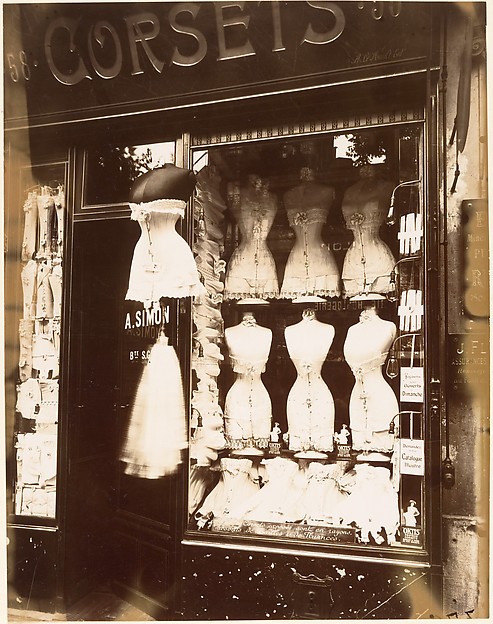In this project, we are asked to make notes on the phenomenon known as flâneur, consider the impact of thinkers such as Walter Benjamin and then consider what impact this had on the artist in late 19th century. As the notes are an integral part of this project, it seems more appropriate to include them with the analysis.
Let's start with a definition, using the most used referencing site. Wikipedia defines as a literary type who strolled the streets of Paris. The term was associated with being a man (not a woman) of leisure with time on his hands, an urban explorer. The term was coined by Beaudelaire in late 19th century:
Baudelaire’s flâneur, an aesthete and dandy, wandered the streets and arcades of nineteenth-century Paris looking at and listening to the kaleidoscopic manifestations of the life of a modern city. The flâneur’s method and the meaning of his activities were bound together, one with the other. (Seal, 2013)
Although the concept might be thought of as no more than the perambulations of the idle rich, Victor Fournel (quoted in Wikipedia article) claimed that the art of flânerie was a way of understanding the rich variety of urban landscape, providing a moving photograph of urban experience (note 1), and the flâneur was by no means lazy. Perhaps that is self justification but it is important to remember that the city was still a relatively new phenomenon. In 1900 only London, New York, Paris and Berlin had populations of over 2m (about.com geography), and there had been none a century earlier. The idea of the city and urban life as something of academic interest was nascent.
It would appear the concept lost some of its intellectual appeal until revisited by Walter Benjamin in The Arcades Project, a massive (and incomplete) work of over 1,000 pages covering his notes of observations made when in covered arcades. Benjamin observed the phenomenon of flânerie, described by Kirsten Seale thus:
The flâneur’s movement creates anachrony: he travels urban space, the space of modernity, but is forever looking to the past. He reverts to his memory of the city and rejects the self-enunciative authority of any technically reproduced image. The photographer’s engagement with visual technology is similarly ambivalent. The photographer reiterates the trajectory of technological advance through his or her acculturation to new technologies, yet the authority of this trajectory is challenged by photography’s product: the photograph, a material memory which is only understood by looking away from the future, by reading retrospectively. (Seale, undated)
In Arcades, Benjamin introduces the dialectical concepts of Erlebnis, loosely a description of the sensations of urban life, alluding to the senses induced by the overwhelming fast moving, busy, impersonal and wide variety of urban life, and Erfahrung, a calmer, more measured response induced by absorbing the wealth of sights by the process of flânerie. For Benjamin, the arcades offered places to reflect, maybe turn Erlebnis into Erfahrung
The importance of the concept of flânerie and its revival by Benjamin in the art world is to provide some insight into the work of artists who painted and photographed the urban scene. One painting that crops up several times is by Caillebot, depicting a scene by Place de Dublin.
 |
| Paris Street in Rainy Weather by Gustave Caillebot; Oil on Linen;1877. |
Caillebot was influenced by photography (notice how the figures in the background become less sharp); a well known proponent of that medium started his collection of Parisian images in 1897. Eugène Atget is viewed as a founder father of photography. He was an actor and artist before turning to photography, first landscapes then images of Paris, which is what he is best known for.
 |
| Atget Boulevard du Strasbourg Corsets, Paris 1912 |
Atget's observations of Parisian life have had long lasting appeal. His flânerie is exhibited by his work depicting a disappearing Paris. He typically excludes people yet "there is a powerful sense of lived lives in his work." (Badger, 2007, p56).
Conclusion
A useful and informative introduction to a phenomenon that I had not heard of before. Enjoyed reading about Walter Benjamin, think his name will crop up again in photographic studies
Note
1. It is interesting that Fournel refers to “un daguerréotype mobile et passioné”. At that time, there were conflicting claims to who invented the camera, the French preferring their man, the English Fox Talbot. In truth they both invented it, albeit Fox Talbot's invention was more long lasting as it allowed reproduction of images.
No comments:
Post a Comment